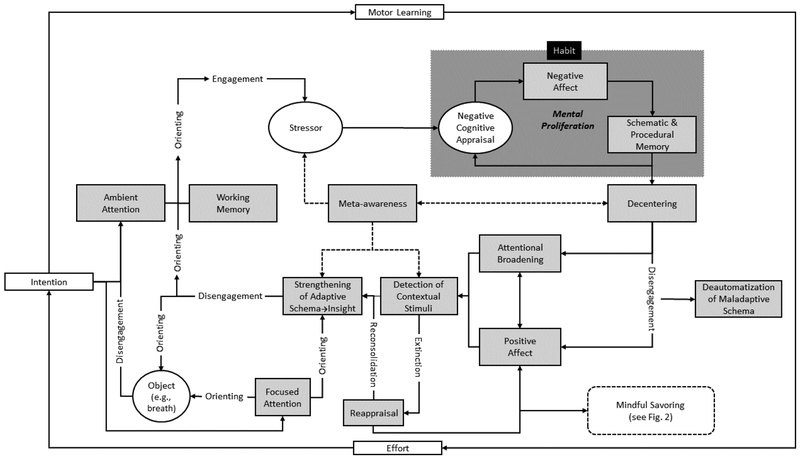Figure 1. Proposed causal model of the mindful reappraisal hypothesis.
adapted from Vago & Silbersweig’s mindfulness process models [56]. Intention is formed to either focus attention on an object of mindfulness (e.g., breath) or recruit ambient attentional networks (i.e., practice open monitoring). When attention becomes engaged by a stressor, the ensuing negative cognitive appraisal elicits negative affect which activates maladaptive schemas. Mindful decentering from this circuit of mental proliferation facilitates attentional disengagement from the stressor and deautomatizes maladaptive schematic responses, resulting in relief and calm – low arousal positive emotions that, when combined with positive affective states like relaxation, contentment, and joy induced by mindfulness practice, broaden the scope of attention (see [2]) to encompass previously unattended contextual stimuli. Affective tuning of the attentional system allows for detection of positive contextual features, resulting in integration of a broadened array of pleasant and unpleasant stimuli that shifts perception of environmental contingencies, extinguishing the conditioned (cognitive, affective, and behavioral) response as the meaning of the stressor stimulus is reappraised. Reconsolidation of this reappraisal strengthens new, adaptive schemas that may then become the target of focused attention and contemplation during analytical meditation. Meta-awareness oversees the entire mindful reappraisal process by monitoring the stressor, facilitating decentering to identify the non-veridicality of the stress appraisal, tracking the arising of previously unattended (positive) contextual data, and reconsolidating the reappraisal into schematic memory as an insight. Once insight has occurred, the practitioner may disengage from the reappraisal and return focused attention back to the object of mindfulness (e.g., the breath), recruit ambient attention to the ever changing nature of the stressor-in-context, or mindfully savor the positive emotions and affective meaning generated from this process (see Figure 2). Repetitions of this circuit facilitate learning, resulting in increasing effortlessness of the mindful reappraisal practice.

